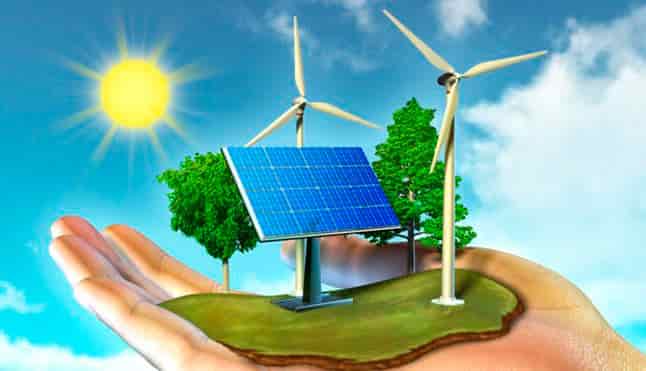 Not long ago, few would have bet that China would become the world leader in renewable energy, especially considering that the Asian giant based its economy on the exploitation of coal. But the high pollution of its cities (China has 8 out of the 10 cities in the world with the worst air quality), and international pressure caused by high carbon dioxide emissions, led the Asian giant to radically change its energy policy.
Not long ago, few would have bet that China would become the world leader in renewable energy, especially considering that the Asian giant based its economy on the exploitation of coal. But the high pollution of its cities (China has 8 out of the 10 cities in the world with the worst air quality), and international pressure caused by high carbon dioxide emissions, led the Asian giant to radically change its energy policy.
Form black energy to green: goodbye to coal
The enormous economic growth experienced by the country since the 1980s meant a huge increase in electricity consumption. With this increase came the disadvantage that coal participated in almost 80% of energy emissions.
This excessive consumption of coal led the government to execute, at first, large investments in the construction of hydroelectric plants and is today a world leader in this sector. But the radical change occurred in 2005; that year, the replacement of coal was ordered and a dizzying race to develop clean energy began.
The main goal of the People’s Republic of China is to set aside completely the production of fossil fuels. By 2030, all power plants in the country must operate whilst respecting the environment.
Solar panels and wind farms: the greatest investments
Thanks to millionaire loans granted by state banks, China developed a large photovoltaic energy industry in a very short time. In just over 5 years, the Asian giant went from 2% to almost 60% of the world production of solar panels.
The growth of wind energy was equally notable. Currently, China owns 50% the world’s production of turbines that generate electricity thanks to the action of air currents.
To encourage technological developments which take out the fossil fuels from the automobile industry is also a estate policy. The economic aids were focused both assembly companies and general public.
A sweet deal?
Many analysts question the real reasons behind this new Chinese policy. They claim that the interest of the government is more economic and political than environmental.
- On the one hand, new technologies have turned the generation of green energy into cheap energy.
- On the other hand, the large-scale production of everything necessary to generate this electricity has served not only to meet domestic needs. It is also exporting technology and equipment manufactured in China to Asian and European countries.
Additionally, more than 3.5 million people have swelled the payroll of this booming industry. For all these reasons, China is listed as the most attractive country to invest in in this sector.
The future
The death of coal as energy has been decreed, but it is still far from being a total reality. And this is despite the impressive amount of state investment for the production of clean electric power (in 2016 alone the Chinese government allocated 87,800 million dollars).
Nor should we forget that, since 2016, Beijing has become the first major metropolis whose power plants operate exclusively with renewable energy.
As of today, 70% of the electricity in the most populated country on the planet continues to depend on a mixture of coal and oil. An energy that is the most polluting of all.
Team EurochinaBridge.com
